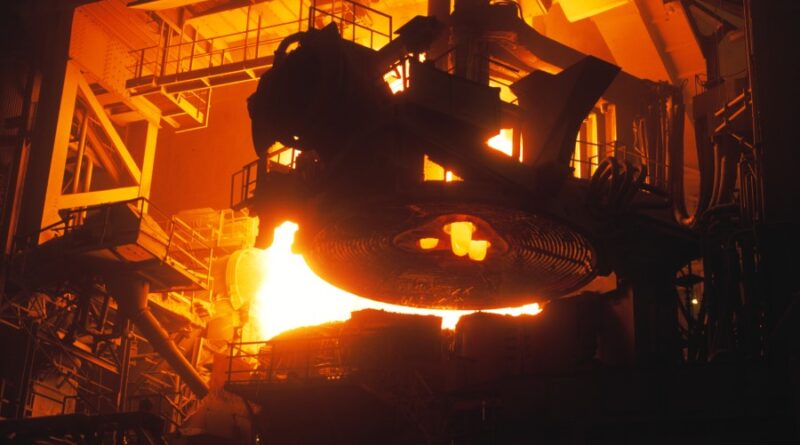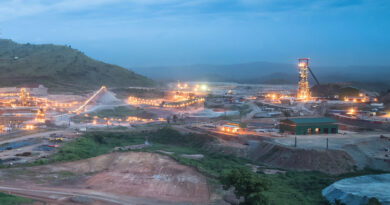ArcelorMittal turns profit amid rising international steel prices
Rising international steel prices, particularly in the fourth quarter of 2020, were the consequence of global steel supply shortages due to a sharper than expected recovery in virtually all international markets, nine-year-high iron ore prices, and increasing scrap and other raw material prices. By late December 2020 and into early January 2021, international steel prices rose to levels last seen in 2008.
Against the backdrop of an arduous 2019 which led to downstream steel market inventories being at diminished levels, the second blast furnace at Vanderbijlpark Works was restarted in December 2020, followed by a third basic oxygen furnace and the direct reduced iron plant to support flat steel supply, while the electric arc furnace at Vereeniging, which was scheduled to be placed under care and maintenance in the third quarter of 2020, will continue to operate for the foreseeable future in support of long steel supply.
The company recorded R1 022 million profit in H2 2020, resulting in a full year EBITDA profit of R37 million (2019: R632 million loss).
Improvement in free cash flow of R1 467 million resulted to an inflow of R117 million (2019: R1 350 million outflow). R2 531 million (33%) reduction in total fixed costs decreased to R5 066 million (2019: R7 597 million) with 10% reduction in rand terms in the raw material basket.
ArcelorMittal produced 48% less liquid steel (2,3 million tonnes) and 47% lower sales volumes of 2,2 million tonnes. These resulted in R1 222 million reduction in the headline loss to R2 043 million (2019: R3 265 million loss).
The Company continued to implement its strategic initiatives in 2020 to achieve long-term sustainability. A key element was the finalisation of the asset footprint review. The orderly and commercial wind-down of Saldanha Works was completed to ensure that significant historical losses did not reoccur in 2020, nor in the future.
The Saldanha plant will remain under care and maintenance until a sustainable input cost solution can be developed, however, alternative value-adding and job creation options are being pursued. For example, the establishment of a back-of-port logistics hub using the ancillary land and equipment at Saldanha Works is being considered.
The Company’s significant fixed cost reduction programme continues to yield substantial results, with a R2.5 billion reduction in fixed costs in 2020 including the impact of the closure of Saldanha Works of R951 million.
All fixed cost elements were targeted to rescale the cost structure of the business to the anticipated lower normalised volume. The variabilisation of fixed costs will continue to be a key focus area going forward.
The pandemic necessitated the accelerated implementation of the Company’s new OneOrganisation operating model and a large-scale labour reorganisation. Both initiatives were completed within December 2020 and January 2021 and a reorganisation charge of R134 million was recognised for severance packages.




